From Hashtags to Social Justice: How Social Media is Changing Activism
Category: Digital Marketing
Date: May 2023
Views: 1.18K
Introduction
Social media platforms such as Facebook, Twitter, Instagram, TikTok, and others have revolutionized the way people interact with each other and with the world around them. In recent years, these platforms have also played an increasingly important role in activism and social change. Online communities and social movements have leveraged the power of social media to raise awareness of issues related to social justice, political campaigns, and citizen journalism, among others.
With the rise of digital activism, protests and awareness campaigns can quickly gain momentum and reach a global audience through the use of hashtags and viral content. Social media influencers have also become powerful advocates for social change, using their platforms to promote causes and engage their followers in online mobilization efforts.
However, while social media has the potential to connect and empower activists, it also presents challenges such as cyberbullying, slacktivism, and filter bubbles. The social media algorithms that determine which content users see can reinforce political polarization and limit exposure to diverse viewpoints, while online privacy and data security concerns can limit the effectiveness of online organizing efforts.
Despite these challenges, social media remains a powerful tool for activism and social change. This article will explore the ways in which social media platforms have facilitated activism, the benefits and limitations of digital activism, the impact of social media on grassroots movements, online mobilization, the challenges of online activism, and the future of social media activism and social change.
1. How Social Media Platforms Have Facilitated Activism and Social Change
Social media platforms have facilitated activism and social change in several ways, including:
Online mobilization: Social media platforms have made it easier for activists to organize and mobilize online. With the ability to reach a large audience quickly through online petitions, hashtags, and viral content, social media has become an important tool for raising awareness of social justice issues and mobilizing supporters.
Citizen journalism: Social media platforms have also facilitated citizen journalism, giving people the ability to document events and share information with a global audience in real-time. This has been particularly important in areas where traditional media may be censored or biased.
Public opinion: Social media platforms provide a platform for public opinion, allowing people to express their views and engage in online discussions. This can lead to increased awareness and support for social justice causes and can also hold individuals and organizations accountable for their actions.
Online engagement: Social media platforms provide a way for activists to engage with their supporters and create a sense of community around a cause. This can lead to increased participation in offline activities such as protests and rallies.
Grassroots movements: Social media platforms have been instrumental in the creation and growth of grassroots movements. With the ability to connect with like-minded individuals across the world, social media has made it easier for activists to find allies and build a community around a shared cause.
Overall, social media platforms have provided a powerful tool for activists and social change advocates. The ability to reach a global audience quickly, engage with supporters, and organize online has made it easier for individuals and organizations to raise awareness of social justice issues and promote change.
3. The Benefits and Limitations of Digital Activism
Digital activism, also known as online activism or e-activism, has become increasingly popular in recent years. While there are many benefits to using social media platforms for activism, there are also some limitations that must be considered. Here are some of the key benefits and limitations of digital activism:
Benefits:
Accessibility: One of the major benefits of digital activism is that it is accessible to anyone with an internet connection. This means that people who may not have been able to participate in traditional forms of activism, such as attending protests or rallies, can still get involved and make their voices heard.
Global reach: Social media platforms provide a way for activists to reach a global audience quickly and easily. This can be especially important for issues that may not be getting widespread media coverage.
Increased awareness: Social media platforms provide a way for activists to raise awareness of social justice issues and bring attention to important causes. By sharing information, news, and personal stories, activists can create a sense of urgency and encourage people to take action.
Online petitions: Social media platforms make it easy to create and share online petitions, which can be a powerful tool for creating change. Petitions can be used to pressure governments and organizations to take action on specific issues.
Limitations:
Filter bubbles and echo chambers: One of the limitations of digital activism is the possibility of creating filter bubbles and echo chambers. Social media algorithms can limit the content that users see, leading to a narrow view of the world and limited exposure to different perspectives.
Cyberbullying and harassment: Social media platforms can also be a breeding ground for cyberbullying and harassment, which can discourage people from getting involved in activism or speaking out about important issues.
Slacktivism and clicktivism: Digital activism can sometimes be seen as "slacktivism" or "clicktivism," where people simply like or share a post without taking any real action. While social media can be a powerful tool for raising awareness, it is important to encourage people to take tangible actions to create change.
Limited offline impact: While digital activism can create a lot of buzz online, it may not always translate into real-world impact. For example, a social media campaign may raise awareness of an issue but not lead to any concrete action or policy changes.
Overall, digital activism has both benefits and limitations. By understanding these benefits and limitations, activists can make informed decisions about how to use social media platforms to create meaningful change.
4. The Impact of Social Media on Grassroots Movements
Social media has had a profound impact on grassroots movements, allowing activists to reach a larger audience and mobilize people more quickly and effectively than ever before. Here are some of the ways social media has impacted grassroots movements:
Increased Visibility: Social media platforms have provided grassroots movements with a platform to reach a global audience. With the help of social media, activists can raise awareness about their cause, share news and updates, and attract new supporters from all over the world.
Rapid Mobilization: Social media has made it easier than ever for activists to mobilize people quickly and effectively. By sharing information about protests, rallies, and other events on social media platforms, activists can gather large crowds in a matter of hours or days.
Real-Time Coverage: Social media has enabled activists to share real-time coverage of events as they unfold. With live videos and updates, social media users can stay up-to-date with the latest developments in real-time, regardless of their location.
Networking and Collaboration: Social media has facilitated networking and collaboration between activists working on similar causes, regardless of geographic location. Activists can connect with each other on social media platforms, share ideas and resources, and work together towards common goals.
However, while social media has certainly had a positive impact on grassroots movements, there are also some limitations to be aware of. For example:
Filter Bubbles: Social media algorithms can create filter bubbles, where users only see content that reinforces their existing beliefs and biases. This can make it difficult for activists to reach new audiences and challenge dominant narratives.
Limited Reach: While social media has certainly expanded the reach of grassroots movements, it is important to remember that not everyone has access to social media. This means that some people may be left out of the conversation or may not be able to participate in online activism.
Online Harassment: Social media platforms can also be a breeding ground for online harassment and hate speech. Activists may be targeted by trolls and cyberbullies, which can have a chilling effect on online participation.
Despite these limitations, it is clear that social media has had a significant impact on grassroots movements, enabling activists to reach new audiences and mobilize people more quickly and effectively than ever before.
5. Online Mobilization: How Social Media Platforms Connect and Empower Activists
Social media platforms have revolutionized the way activists mobilize and organize for social change. With the help of digital tools and social media algorithms, activists can reach a wider audience and connect with like-minded individuals across the world. Here are some ways in which social media platforms have enabled online mobilization:
Hashtags: Hashtags are used to tag content with a specific keyword or phrase, making it easier to find and share. Hashtags have been instrumental in online mobilization, allowing activists to share their message and connect with others who share their cause. Hashtags such as #BlackLivesMatter, #MeToo, and #ClimateStrike have become synonymous with social movements and have helped to amplify their message.
Online Petitions: Online petitions are an effective way for activists to gather support and raise awareness for their cause. Social media platforms provide a platform for activists to create and share online petitions, which can be signed by people all over the world. Online petitions have helped to bring attention to important issues and have even led to policy changes in some cases.
Viral Content: Social media platforms have the power to make content go viral, spreading messages and creating buzz around social movements. Viral content, such as videos, memes, and images, can help to raise awareness and spark conversation around important issues.
Social Media Influencers: Social media influencers are individuals who have a large following on social media and have the power to influence their audience. Activists can leverage the power of social media influencers by partnering with them to promote their cause and spread their message.
Online Engagement: Social media platforms allow for real-time engagement with audiences, enabling activists to connect with supporters and respond to feedback in real-time. Online engagement can help to build a sense of community around a cause and create a sense of urgency around important issues.
While online mobilization has its benefits, it also has its limitations. One of the biggest challenges of online mobilization is the digital divide, which refers to the gap between those who have access to technology and those who do not. This can limit the reach of social media campaigns and exclude marginalized groups from participating in online activism. Additionally, online mobilization can sometimes lead to slacktivism, where individuals feel like they have made a difference by sharing a post or signing a petition, but do not take any further action.
Despite its limitations, online mobilization has played a crucial role in connecting and empowering activists for social change.
6. The Challenges of Online Activism: Cyberbullying, Slacktivism, and Filter Bubbles
While social media has undoubtedly revolutionized activism, it also presents unique challenges that can hinder the effectiveness of online movements. Here are some of the key challenges faced by digital activists:
Cyberbullying: Social media platforms have become breeding grounds for harassment, trolling, and cyberbullying, which can have a chilling effect on online activism. Activists who speak out on controversial issues or challenge powerful interests are often subjected to vicious attacks, threats, and doxxing, which can undermine their credibility, reputation, and mental health.
Slacktivism: Social media has made it easier than ever to participate in activism, but it has also made it easier to engage in "slactivism" or "clicktivism" - low-effort, feel-good actions that require little time, resources, or commitment. While online petitions, hashtags, and viral content can help raise awareness and mobilize support, they often fall short of creating meaningful change.
Filter bubbles: Social media algorithms prioritize content that reinforces users' existing beliefs and interests, creating "filter bubbles" that insulate them from diverse perspectives, opinions, and facts. This can lead to polarization, echo chambers, and a distorted view of reality, which can undermine the legitimacy and impact of online activism.
To overcome these challenges, digital activists need to be strategic, resilient, and adaptive. They need to develop effective tactics for dealing with online harassment, build strong coalitions, and reach out to diverse audiences beyond their echo chambers. They also need to use social media in conjunction with offline organizing and advocacy to create lasting change.
7. Conclusion
In conclusion, social media has transformed the landscape of activism and social change by providing a powerful platform for individuals and groups to connect, mobilize, and drive meaningful action. The use of social media platforms has significantly reduced barriers to entry for participation in activism, allowing people from all walks of life to engage with issues that matter to them.
Digital activism has also enabled the creation of a global network of like-minded individuals and organizations, who can work together to drive change on a scale never before possible. This has been particularly effective in raising awareness and mobilizing public opinion around issues that were previously marginalized or ignored.
However, there are also challenges associated with online activism, such as cyberbullying, slacktivism, and filter bubbles, that must be addressed in order to ensure the continued effectiveness of digital activism. The use of social media algorithms and filter bubbles can contribute to political polarization and limit exposure to opposing viewpoints, leading to a divided society.
Looking ahead, it is clear that social media will continue to play a significant role in activism and social change. As we navigate the complexities of the digital age, it is important to consider the ethical implications of our online actions and ensure that we use social media platforms in a way that empowers and connects us, rather than dividing us. With continued efforts to address the challenges associated with digital activism, we can create a more just and equitable world, both online and offline.
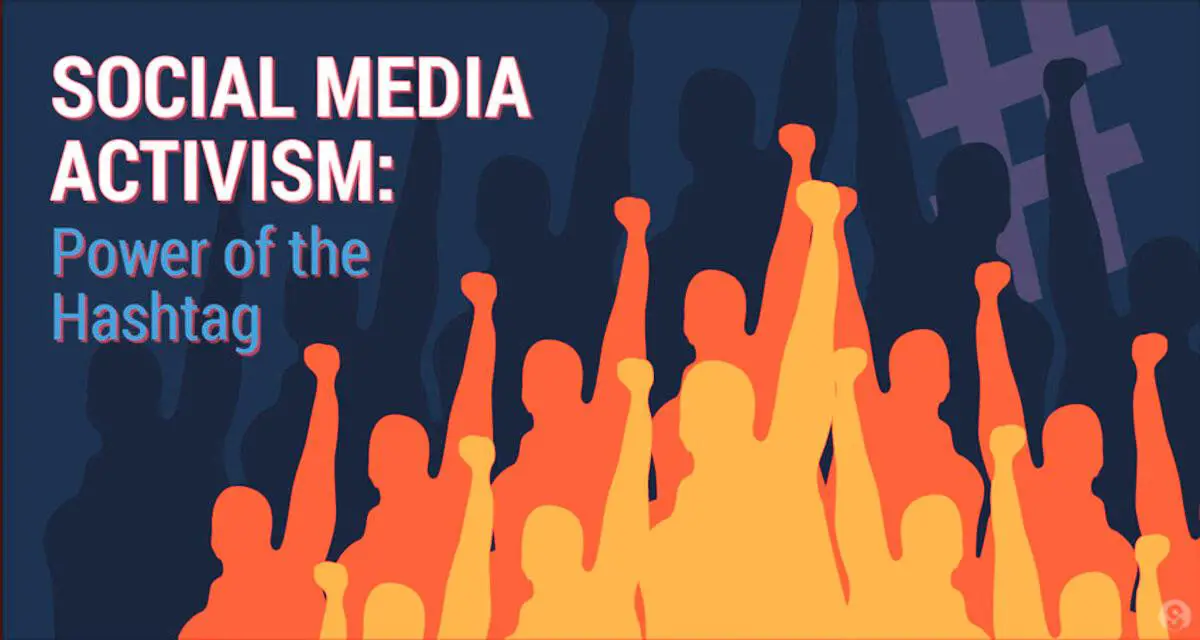

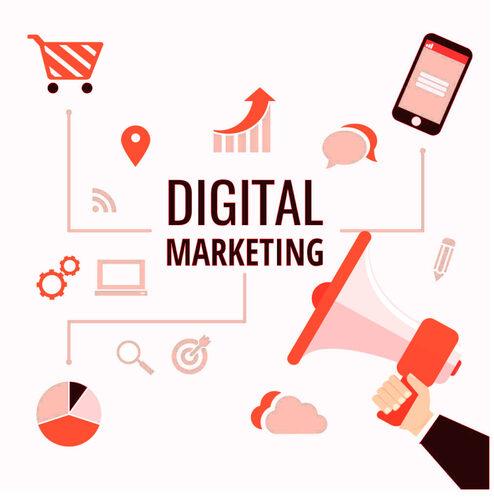





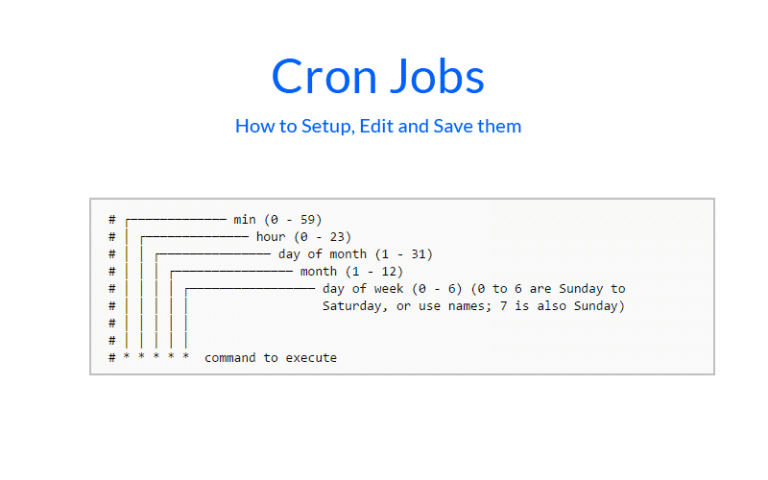

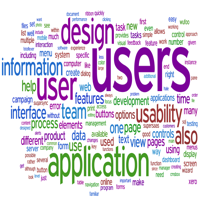





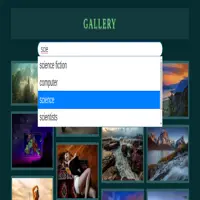
0 Comments, latest
No comments.